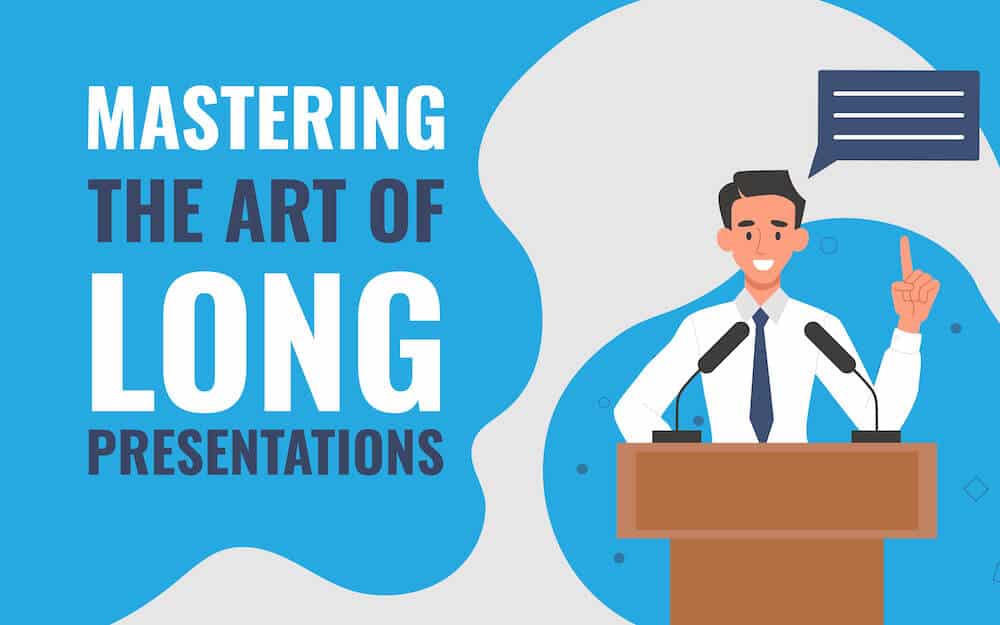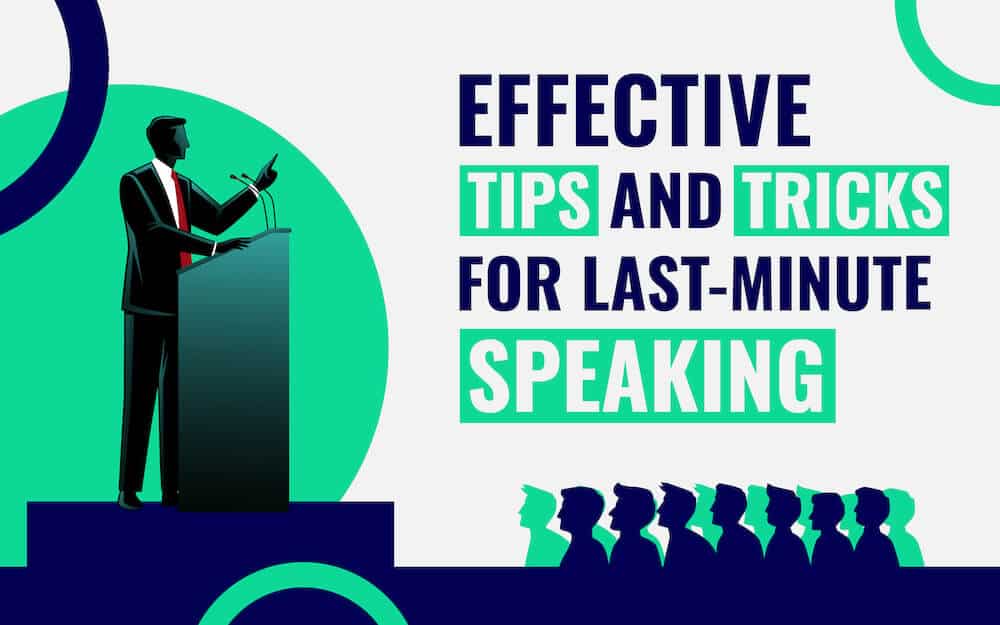
There is a great responsibility that accompanies the honor of being asked to introduce a guest speaker. It is one that demands you give sincere thought and creativity to the process and not fall back on tiresome clichés like “this speaker needs no introduction,” or “without further ado here is…”
The introducer is on the stage to do so much more than just read a brief biography of the speaker and scurry off into oblivion.
If you have been asked to introduce the speaker you must accomplish four things:
- You need to make sure that the audience understands how credible the speaker is, because that is how they decide whether or not they will really listen or sneak out for a coffee.
- You need to intrigue the audience just a little bit about what the speaker is going to talk about. You want to tease them, not give away the show, and that is an art in itself.
- You need to create an air of excitement that something special is going to happen, and the audience is part of this experience.
- You also have to welcome the speaker to the stage and turn it over to them with a warm and welcoming handshake.
Furthermore, all four of these tasks must be done almost simultaneously, and within a two minute time span.
Where do you start?
Step one is to gather your facts.
A good place is to ask the speaker if there is an introduction they want to use or, if not, if there is a preferred biography they use and request they send it to you.
This helps you secure about 90 percent of your content or more with one email. If the speaker is accomplished and has included all the key elements, there’s no problem at all with just using it.
If the biographical material contains some interesting facts from the speaker’s life, that’s great, but don’t fall into the trap of just reading a long boring compilation of facts and dates verbatim. You are there to get your audience excited, not to lull them to sleep.
Nonetheless, going through the fact-gathering process is a great way to start. Check especially that you have the correct title for the person you are introducing and that you know the correct pronunciation of their name.
Even big stars can flub that last part.
Step two is put your personal spin on the facts.
You have been asked to make the introduction for a reason, and often it is because in some capacity, you know the speaker or you have been personally impacted by them.
That is what your audience needs to hear. This is the time to make the facts a little personal. It gives perspective to the accomplished person who is about to follow you to the stage. It is a way of turning on the fire under the facts and bringing the speaker’s personality and warmth to life.
It is about engaging the audience to care about this person.
A good example is this video in which a college football hero introduces the guest speaker for the University of Richmond commencement address (the introduction follows the MC’s opening remarks):
Step three is to tease the audience that something special is to happen.
Your job introducing the speaker is to share with the audience just enough of a hint about what is to come to create a sense of excitement and expectant attention.
Do this by presenting the topic or the title and let them know that they can expect a new perspective. If you know how the speaker has a unique insight into the subject matter, share that with your audience.
Watch in this video how the person introducing speakers Rashid Kotwal and Barbara Sauter builds up excitement for how spectacular these two will be:
Step four is to welcome the speaker to the stage.
We’ve all seen people introducing speakers and then, as soon as their last word is delivered, scurry off into the wings of the stage while the speaker walks out alone to an empty stage and naked lecturn.
That is not a welcome. That is like a note left on the door that says “I’m too rushed to wait for you but come in and help yourself to the leftovers.”
As you wind up your introductory remarks, end by saying first the title of the presentation to come, and then the speaker’s name. Do not rush: say it slowly and clearly. Then lead the applause by clapping your hands and letting the audience continue. Stand patiently and wait as the speaker enters the stage. Take the time to shake hands or at the very least, nod, before exiting the stage.
Bring it all together
If you have done your job well, your audience is excited to hear this speaker. They understand his or her professional and personal qualities and will join you in an enthusiastic welcome.



